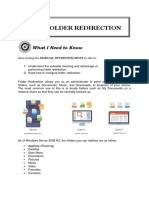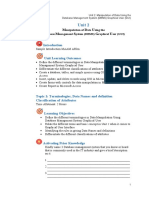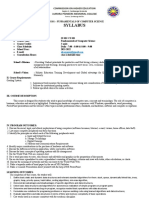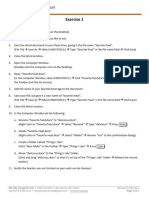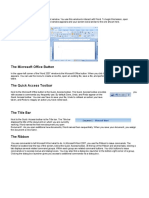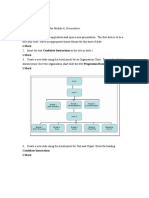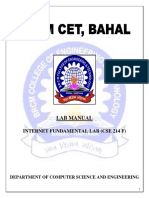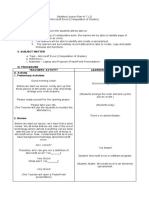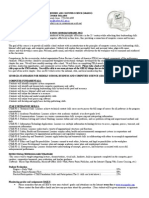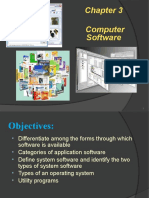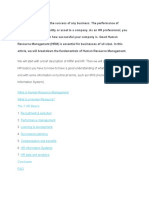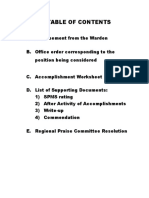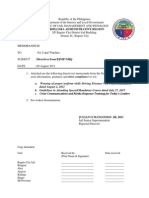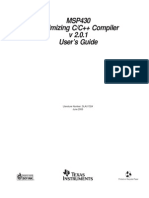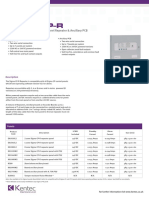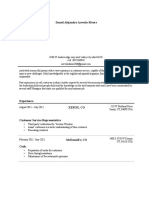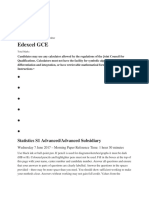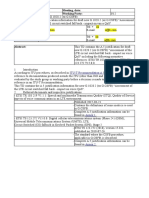0% found this document useful (0 votes)
710 views3 pagesChapter 4: File Management: Section 1: Organizing Files
This document provides an overview of file organization principles and techniques for electronic documents and records. It discusses hierarchical organization from broad categories to specific files and documents to enable efficient retrieval. The three basic types of file arrangement are alphabetical, numerical, and alphanumerical. Proper organization allows for efficient retrieval of individual documents and management of record series through their lifecycle.
Uploaded by
Mea LuisCopyright
© © All Rights Reserved
We take content rights seriously. If you suspect this is your content, claim it here.
Available Formats
Download as DOCX, PDF, TXT or read online on Scribd
0% found this document useful (0 votes)
710 views3 pagesChapter 4: File Management: Section 1: Organizing Files
This document provides an overview of file organization principles and techniques for electronic documents and records. It discusses hierarchical organization from broad categories to specific files and documents to enable efficient retrieval. The three basic types of file arrangement are alphabetical, numerical, and alphanumerical. Proper organization allows for efficient retrieval of individual documents and management of record series through their lifecycle.
Uploaded by
Mea LuisCopyright
© © All Rights Reserved
We take content rights seriously. If you suspect this is your content, claim it here.
Available Formats
Download as DOCX, PDF, TXT or read online on Scribd
/ 3



